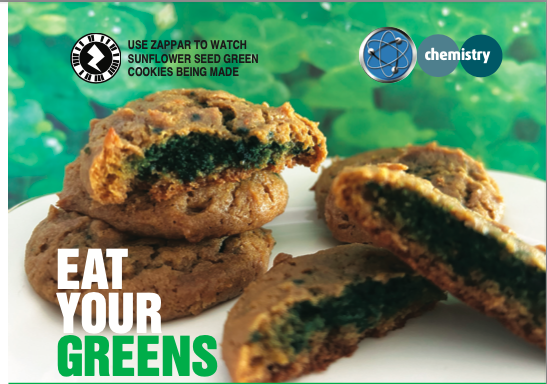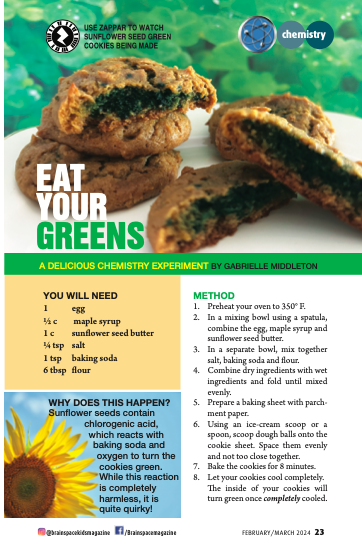
Dictionaries define luck as good fortune that happens by chance. But more specifically, Dr. Jacqueline D. Woolley, a psychology professor from the University of Texas, says luck can be categorized in three ways:


|
• a supernatural event: “Lightning struck, and luckily nobody was hurt!” |
|
• an explanation used to make sense of an event: “What luck that she showed up just in time to save the day.” |
|
• a personal attribute that someone has in themselves: “I’m so lucky!” |
•
Richard Wiseman, author of The Luck Factor, writes that how a person sees things or views situations
can have something to do with luck. “A person who feels lucky is the kind of person who is on the lookout for opportunity and a positive outcome.”
So, if we can control how we see things and sway an outcome, does it mean that luck is psychological and not by chance? Does luck even exist?
The idea of luck has existed for centuries, and while some dismiss it as nothing more than the nonsense of dreamers, the belief that luck exists is real.
Most cultures have symbols or tokens for luck. A four-leaf clover is considered lucky in Wales, Ireland, Germany and Poland. In Canterbury, England, people used to nail horse- shoes to their doors as a pro- tective talisman. But the horseshoe has since be- come a lucky symbol for many people. The ladybug is the charm of choice for those wishing for love and marriage. Lucky coins of all shapes and denominations rattle in the pockets of those hoping for good fortune. In Chinese culture, people hang red lanterns for luck when celebrating the the first full moon of the year. There are so many more lucky charms around the world. Luck puts people in a state of hopefulness. For example, wishing an athlete luck in a game is no more than a kind encouragement. There is no proof that saying “good luck” will result in a win.
However, good vibes mentally support the athlete and could impact performance.
While some science and probability may be involved with luck, it remains a fun and intriguing mystery.
Scan this image below using the Zappar app to view a video tutorial on how these sunflower butter cookies are made:

YOU WILL NEED
1 egg
1/2 c maple syrup
1 c sunflower seed butter
1/4 tsp salt
1 tsp baking soda
6 tbsp flour
METHOD
1. Preheat your oven to 350° F.
2. In a mixing bowl using a spatula, combine the egg, maple syrup and sunflower seed butter.
3. In a separate bowl, mix together salt, baking soda and flour.
4. Combine dry ingredients with wet ingredients and fold until mixed evenly.
5. Prepare a baking sheet with parchment paper.
6. Using an icecream scoop or a spoon, scoop dough balls onto the cookie sheet. Space them evenly and not too close together.
7. Bake the cookies for 8 minutes. 8. Let your cookies cool completely. The inside of your cookies will turn green once completely cooled.
WHY DOES THIS HAPPEN?
Sunflower seeds contain chlorogenic acid, which reacts with baking soda and oxygen to turn the cookies green. While this reaction is completely harmless, it is quite quirky!
